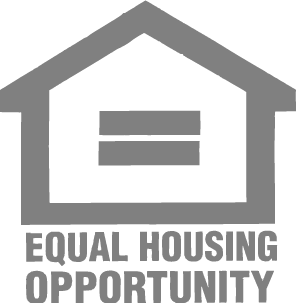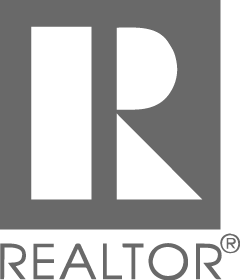Texas consistently ranks high as a landlord-friendly state, and there’s a reason for that! The main reason is the state laws that favor the property owner/landlord, and Texas has a robust system that preserves owner rights. We’ll cover what those laws are and what it means to be a landlord-friendly state.
What Does It Means to Be a Landlord-Friendly State?
Several factors running from laws to taxes are considered when evaluating whether a state is landlord-friendly. Texas is landlord-friendly because these factors make owning property and being a landlord easier compared to other states.
There could be an endless discussion about what the factors should be when assessing a landlord-friendly state, but here are five universal factors found in today’s most landlord-friendly states:
- Eviction Process
- Landlord & Tenant Rights
- Rent Control & Deposit
- Registration & Licenses
- Competition
Eviction Process
Evictions are the worst and most feared situation of owning property and renting it out. Luckily, Texas is one of the few states that makes the process easier. Texas takes lease violations very seriously. As long as the landlord can show that tenants are not complying with lease conditions, the eviction process is easy. Landlords seeking to evict non-paying tenants only need to issue a 3-day notice. As a landlord, they’ll receive more effortless relief, compensation, or repossession of the unit, which is reassuring to landlords.
Landlord & Tenant Rights
As mentioned above, Texas takes lease violations very seriously. Our state emphasizes the preservation of landlords’ rights in the event lease conditions are broken. This is a significant factor investors consider and what makes Texas a popular investing market for property owners. Texas is also unique because the state laws allow tenants and landlords to enter into their own agreement for repairs. This is not an option in other states.
Rent Control & Deposit
Another unique perk to investing in Texas is the state’s no cap on rent or applicable fees like pet fees or application fees. There is also no limit on how much landlords can charge as a deposit. The last benefit is no Texas laws require landlords to provide tenants with notice of rent increases between lease terms.
Registration and Licenses
Depending on your property, you might have to register your property with the city. Multifamily rental units need to be registered to the city, and it only costs a small annual fee of $10 to $25 per unit. Once the tenant submits a simple form identifying basic information about the property, the city will inspect it. The city does inspections once every three to five years to check for significant code violations and life-threatening conditions. If a tenant is renting a single-family property, they can usually skip this step.
Competition
Population growth will determine how competitive the market will be for your property. Austin and the Austin area are multiplying as more businesses and companies are relocating, creating new jobs, and requiring their current employees to transfer. Texas has a high-demand rental market, so it’s wise to tap into this market as an investor.
Are you thinking of investing in or buying an investment property? Contact us today! Reach out to TALK Property Management– We are here to help: (512) 721-1094 or dbrown@talkpropertymanagement.com.


